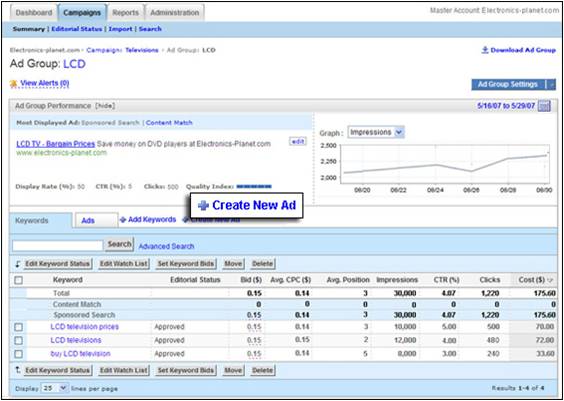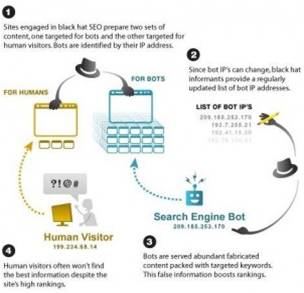So, how do Links affect your website? Anchor text is used to link an internal webpage to another one of your webpage’s, the use of anchor text when another website links to you can be extremely helpful in creating relevancy to certain keywords and phrases. If you have the option, always request keyword-rich anchor text for a link that uses your domain. That said, if you have no other option, still take a link with anchor text to your domain. All link juice is good.
One helpful practice in link building is link trading, or “I will put a link to your website on my website if you put a link to my mine on yours.” These types of links are referred to as reciprocal links. Since all links are good, reciprocal links are not prohibited, but their value is certainly not as good as a one-way link to your website. There was most likely a time when reciprocal links were just as good as any other, but the search engines are always getting smarter in determining how much value a link should receive.
Like most other aspects of SEO, throwing money at link building is a bad idea. Paying others to link to you is strictly prohibited by the search engines. In fact, all paid links must include a tag, called a no-follow tag, which tell the search engines not to give those links credit. If you are caught with un-tagged paid links (the linker or the linkee), your website could be suspended from the search engines or blacklisted for good.
Links to your website from advertisements are not counted as inbound links by the search engines. If they discover paid link relationships that are not classified as advertisements, you risk having your website suspended from being listed on the SERP, or even blacklisted if the instance is deemed severe enough.
If you don’t have the time to do link building, but do have some money, there are SEO firms that you can hire to perform this task. Some firms have questionable SEO practices at best, so it is best to do extensive research before signing any agreements or cutting a check.
Use Social Media for Link Building
Use of social networks like Facebook, Google+, Twitter, and LinkedIn has exploded over the last few years. In fact, the latest figures from ComScore suggest that 16% of all time spent online is spent on a social network. With hundreds of millions of users across these social networks sharing content they find online with their friends and followers, search engines have begun to take notice.
According to SEOMoz, the amount of social activity that a webpage has on social networks (shares, recommendations, likes, links, +1’s, etc.) is an important factor in that page’s ability to rank on the SERP. Simply put, search engines have realized that content shared on social networks is extremely influential, and should therefore rank higher. Beyond using social networks to engage new prospects, drive leads, and build brand awareness, businesses should consider all of the SEO benefits they miss out on by not having a brand presence.
In order to capitalize on the boost to your SERP rankings from social media, you need to make your content easy to share. Implementing social network buttons across your website is the easiest way to accomplish this. Installing the buttons is easy if you use a service like AddThis. Better yet, HubSpot’s blogging software automatically adds this functionality for you.
Use Email to get Links
Almost any business these days uses email to nurture relationships with their current leads and customers, and utilizes promotional email blasts to attract new ones. It is no surprise that with the death of direct mail over the past few years, email marketing has exploded. It has never been easier to set up an email program, upload your leads, and send them communication. Obviously, the extreme rate at which businesses have adopted email has deteriorated its effectiveness industry-wide. There is so much noise out there that you need to make every email send count.
Just like you need to make the content on your website easy to share in social media, you need to do the same for email. Aside from having clear call-to-action in your emails to nurture your list, drive leads, and convert them to customers, you should also make it easy for your email readers to share the content with friends and post it to social networks. This will increase the reach of your website content and make it easier for you to get inbound links for SEO.





